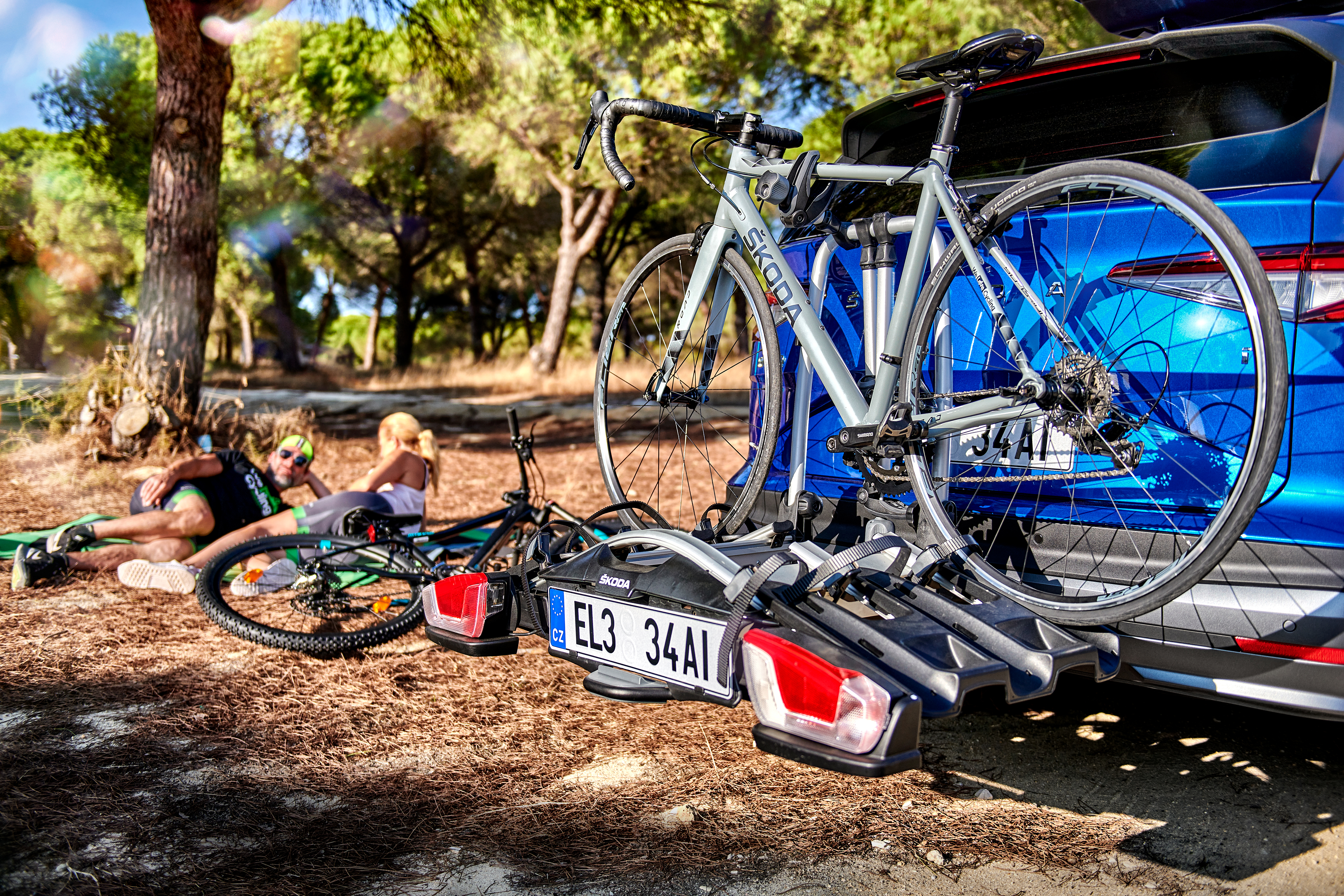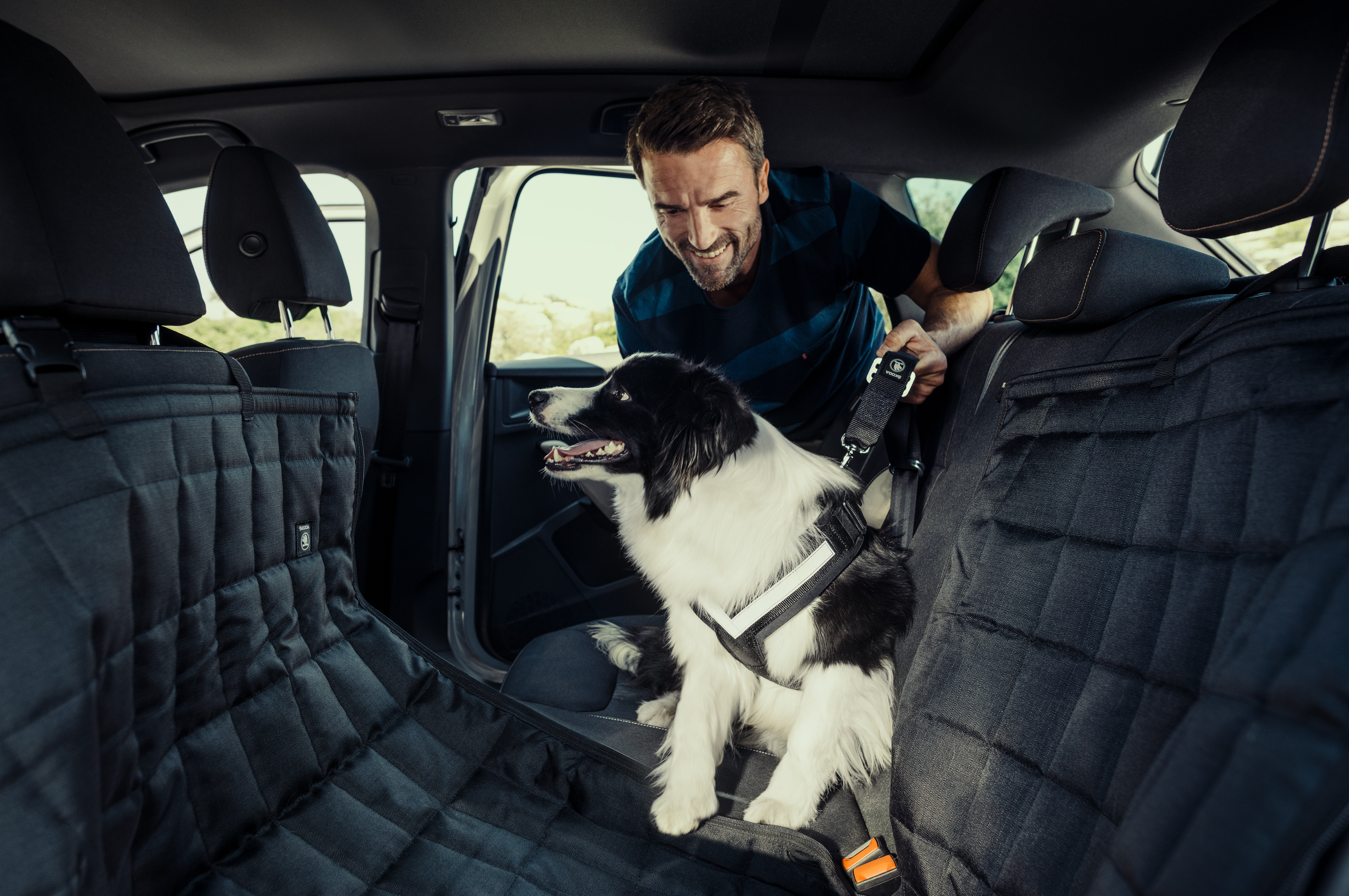On the roof, on the ball
Safety must also be kept in mind when using roof boxes. Robert Šťastný’s advice is this: “Again, look for roof boxes that have passed crash tests. Check the vehicle documents for the maximum load on the roof and remember that that includes the weight of the roof bars and the box itself.”
 Always choose an aerodynamic and light roof box with the appropriate safety certificate.
Always choose an aerodynamic and light roof box with the appropriate safety certificate.
“When stowing luggage in the box, half of the total weight should be in the middle between the roof bars, a quarter in the front and a quarter in the rear. When packing, make sure that the box is not in danger of being punctured if you slow down sharply – by heavy tent poles and similar items – and line the front of the box itself with something softer, such as towels or a blanket, that will absorb the kinetic energy of heavier items,” he offers another tried-and-tested trick.
If you carry your bikes on the roof, choose high-quality – and certified – racks from reputable manufacturers. And pay attention to the bike before putting it on the roof. “Make sure you remove anything from the bike that could come loose – a speedometer, water bottle, lights, panniers or pump. For one thing, you won’t lose them, but above all they won’t fly off and cause damage to others,” Šťastný recommends. Bikes are also good on a tow-bar rack. They are hidden behind the car and are not subject to the same forces as on the roof, for example in bends.
 Situating carrying equipment behind the car is both more economical (less drag results in fuel savings) and more practical (easier to handle and get at).
Situating carrying equipment behind the car is both more economical (less drag results in fuel savings) and more practical (easier to handle and get at).























